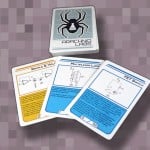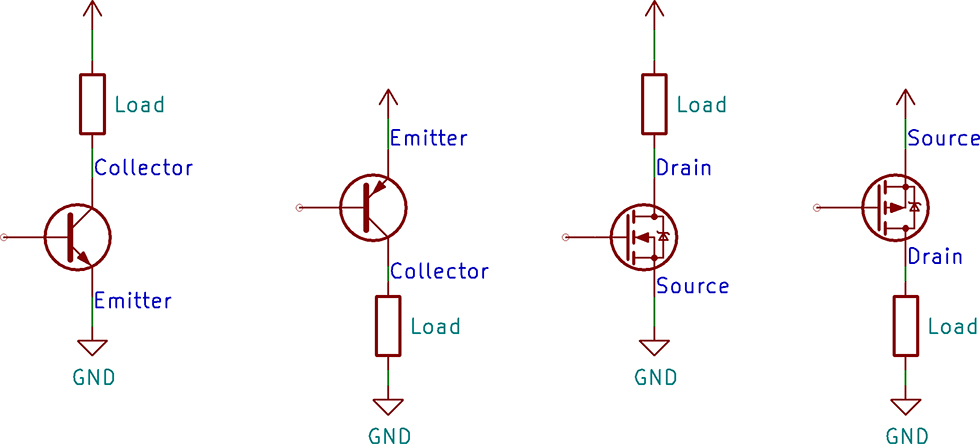The latest AddOhms looks at why you need a pull-up resistor when using push-buttons. This video goes into what happens when you leave a pin floating, what a floating pin means, and how the pull-up works. You can get more information about the video on the AddOhms Episode page.
[shareable]Pull-Up Resistors can be a difficult topic to understand. That’s why I made this video.[/shareable]This tutorial is the 2nd time I’ve made a video on pull-ups. Despite being a single resistor, it can be a difficult topic for new hardware designers to understand. The pull-up video was the first video tutorial I ever made. In fact, the YouTube version uses YouTube’s “stabilization” algorithm, which gives the video a very warped feel.
AddOhms #15 shows improvements in skill over the past couple of years!






6 Comments
What about pull down resistors?
Pull-Up resistors are more commonly built-in to a microcontroller. However, some do offer both. The ESP-series chips do, for example. There’s probably a signal integrity reason (aka myth) that engineers prefer pull-up to pull-down.
But what are they used for?
Forcing a pin to be a LOW instead of floating. Commonly you’ll see them on the gate of a MOSFET, to ensure the MOSFET is off when a microcontroller is first powered on.
Nice tutorial,
There is the other way to connect a resistor as pull-down from pin to ground and you can have a high-on signal.
BTW you should add a reasonable value for the resistor. I prefer 10 or 20 kOhm there.
I agree. I use pull downs much more than pull ups. Doesn’t invert the logic either. I use 10k across the board. Strong enough, with ok power consumption.